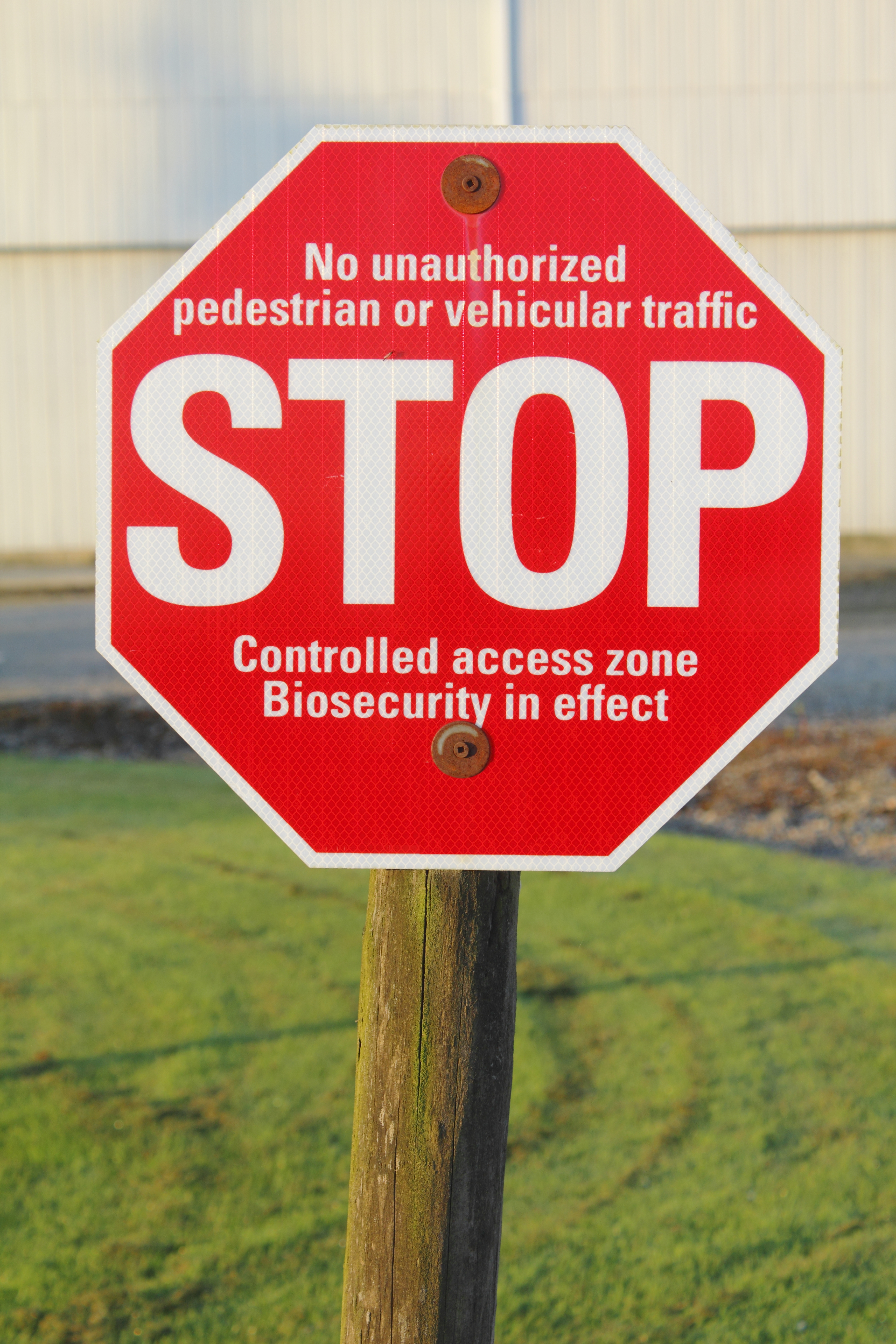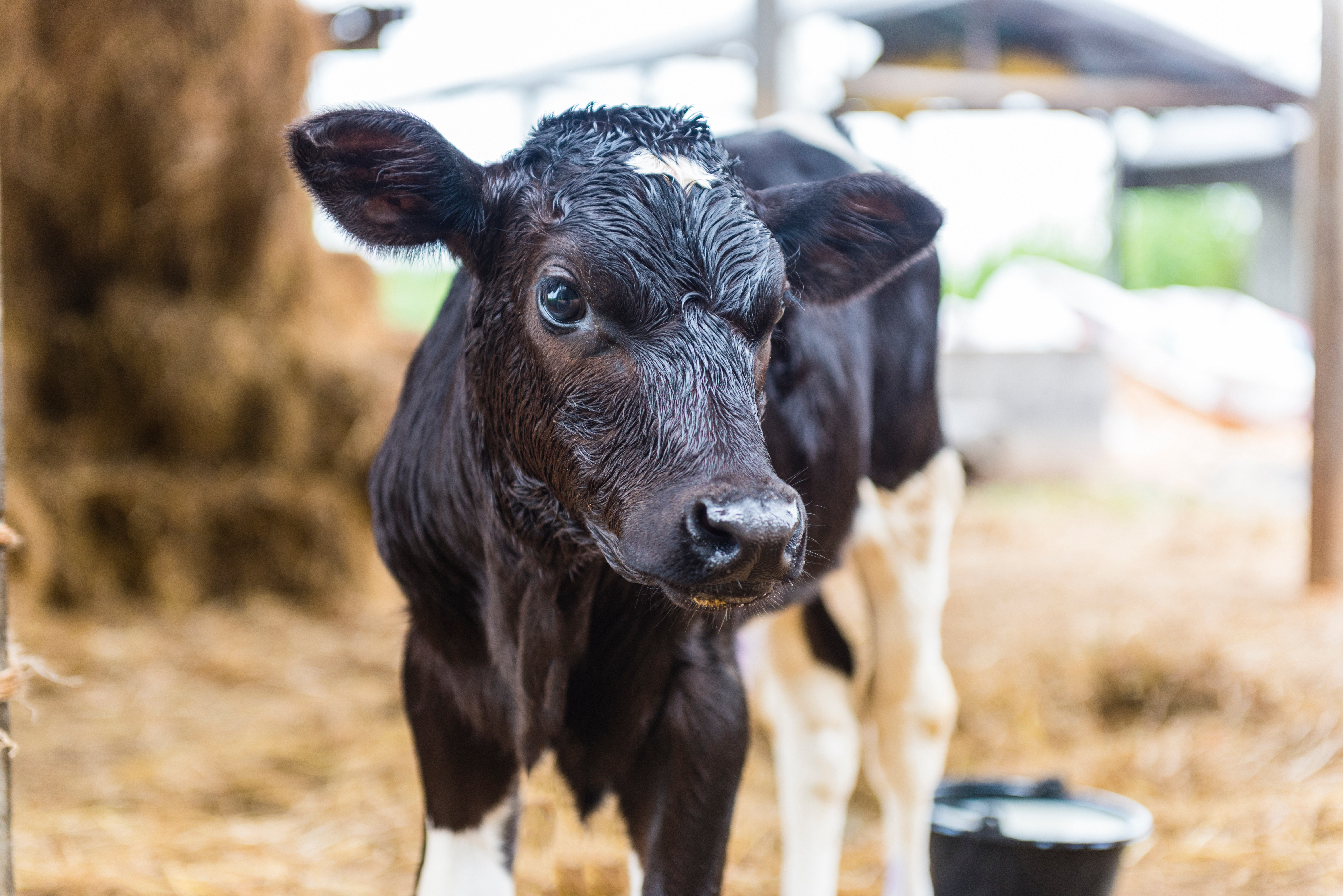Section 2 | Arrival Strategies for Veal Farms
Ontario Veal Industry
Page 13 /
Page 13 /
Biosecurity on the Farm

Practicing principles of biosecurity and establishing protocols for staff to follow is an important way of preventing the spread of any disease. There are several principles to be applied when preparing for a group of calves to enter into the facility that will help to reduce disease and the quantity of antimicrobials needed to treat illness.
All in, all out management
- Managing the facility where all the calves arrive and leave together is a great way to prevent the spread of disease between groups. This reduces social stress calves experience when they are required to establish new hierarchies. This will also prevent calves from being continuously challenged with new pathogens
Cleaning between groups
- Ensuring that facilities are cleaned prior to a new group of calves arriving is a critical component of biosecurity. This will prevent disease causing pathogens, such as Salmonella Dublin and Cryptosporidium parvum from remaining in the environment and infecting newly arrived calves
- Newly arrived calves are typically younger and therefore more susceptible to diseases that older animals may harbour
- The first step in cleaning is to remove all organic matter (like manure) as disinfectants will not work properly if they cannot reach the surface they are meant to clean. After organic matter is removed, washing all surfaces with water and detergent will kill most pathogens. The area should then be allowed to dry before applying the disinfectant
Work from the youngest to oldest
- Many diseases are spread by transmission of pathogens from older to younger animals. Older calves have more developed immune systems and are able to fight off many pathogens they are exposed to
- Younger animals have not yet developed their immune systems fully. If not possible, consider changing coveralls, gloves, and washing boots before working with the youngest animals

Keep equipment clean
- It is important to ensure that farm staff wear clean gloves, coveralls and boots when handling animals.
- It should also be standard protocol to use a clean needle for each animal, and wash or disinfect thermometers, tube feeders, nipples, etc. between calves
- Ontario veal facilities gather calves from farms all over the province. While they may not show it, these calves can be a source of different bacteria, viruses, and parasites. Sharing equipment between calves will only spread pathogens throughout the facility via saliva, manure, blood, etc.

Source: Veal Farmers of Ontario
For more information on biosecurity, you can view the Ontario Livestock and Poultry Council’s document: Livestock On-Farm Biosecurity Information Guide